Symptoms And Causes Of Bone And Joint Infections
Pain, redness, and swelling are typical signs of bone and joint infections. Such infections occur when bacteria or fungi enter bone marrow or a joint. While all age groups can be affected, elderly people who have had surgery could be most at risk.
Left untreated, bone and joint infections can lead to bone loss and permanent injury. Prompt treatment with antibiotics can often relieve symptoms. You are more at risk if you have had a broken bone, or a puncture wound near a joint. Likewise, if you suffer from diabetes or have had a knee or hip replacement, report any swellings/pain immediately.
Infections are serious and need immediate treatment to prevent conditions such as sepsis. Fairview Rehab and Nursing Home’s highly experienced medical staff are used to dealing with infections, providing wound care, and preventing complications.
What follows is an overview of the causes and symptoms of bone and joint infections. Each case will be different, so be sure to seek medical advice promptly if you have concerns.
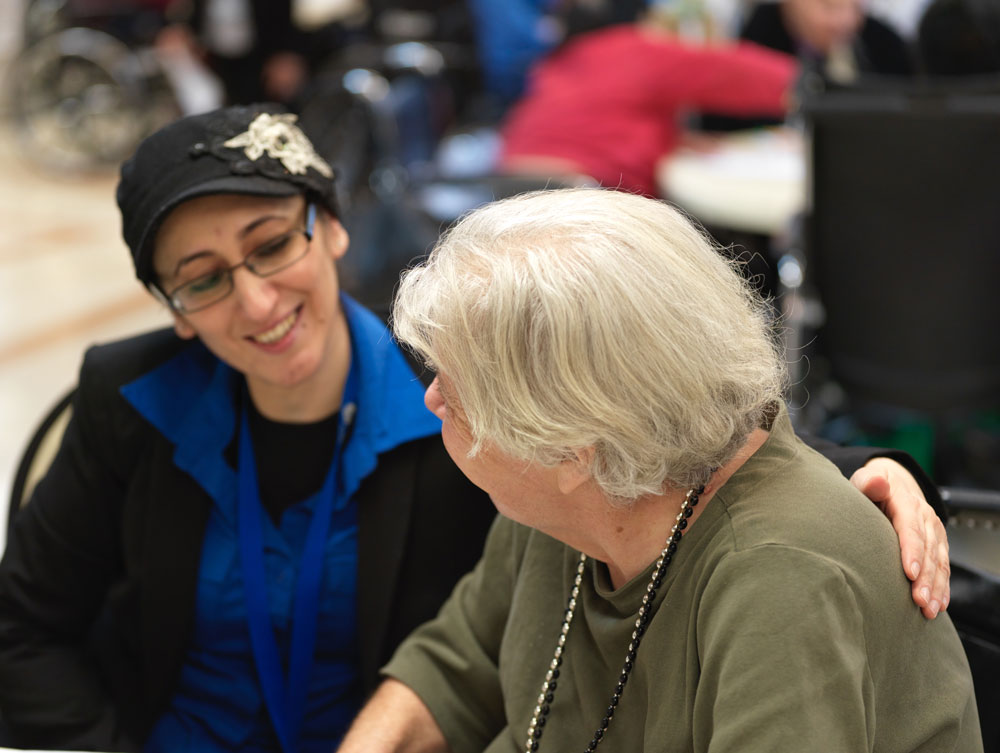
What Causes Bone And Joint Infections?
Osteomyelitis is a common bone and joint infection that leads to swelling and potentially bone loss. When bacteria infect bone marrow, the resulting swelling can shut off the blood supply to your bone, causing bone death. Symptoms can include loss of appetite, sweating or chills, lower back pain, and lethargy.
Osteomyelitis affects 2–5 out of every 10,000 people, with bone infections in the spine more common in adults. The disease can be “acute” with patients suddenly developing a fever and then experiencing pain days later. Alternatively, it can be “chronic” causing bone pain and pus to drain from a wound.
People with an artificial joint, metal implants in a bone, or with a weak immune system are most at risk.
Septic arthritis can also lead to a joint becoming inflamed due to a bacterial or fungal infection. Rapid treatment can prevent severe damage to the cartilage and bone within a joint. The earlier you spot signs of trouble the more likely you are to get effective treatment.
Is it curable?
In most cases curing bone and joint infections is possible. Patients tend to respond well to standard treatments, and this is particularly true if doctors diagnose the condition early.
How long does it take to heal?
Even in the best-case scenarios treatment does not mean immediate healing. And people with underlying health conditions, who have diabetes, neurological diseases, or are in poor health may struggle.
Fairview Rehab and Nursing Home in Queens NY has a track record of excellent treatment of patients with a range of different chronic conditions. We also provide sub-acute and clinical care round the clock for those with bone and joint infections.
This article contains informational and educational materials and does not replace health or medical advice. For questions or concerns regarding your medical condition or health objectives, speak to a qualified physician or healthcare provider.

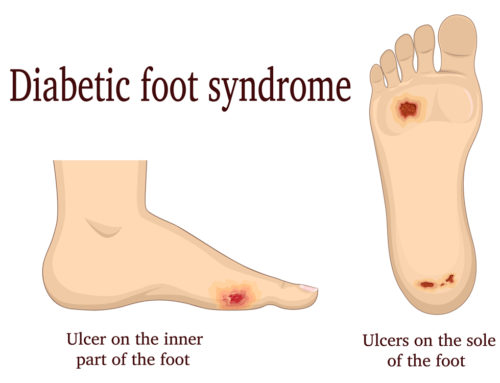

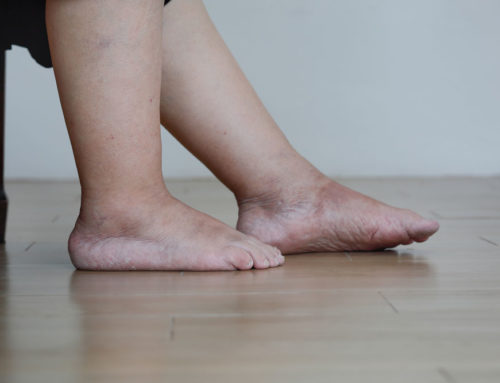
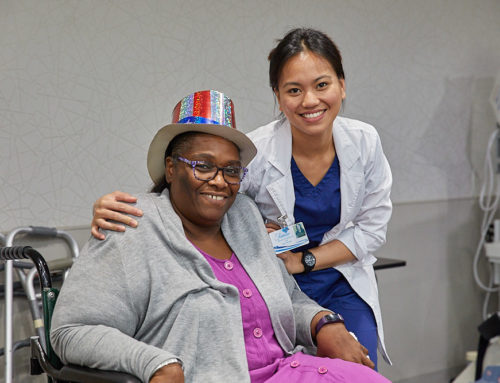
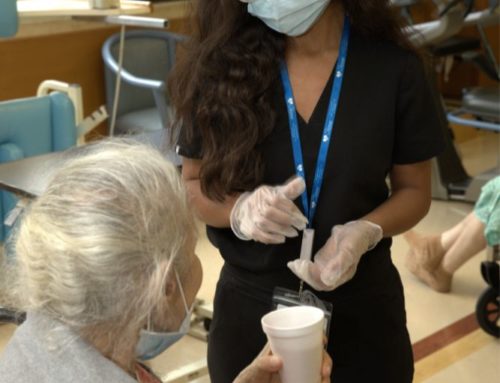
Leave A Comment